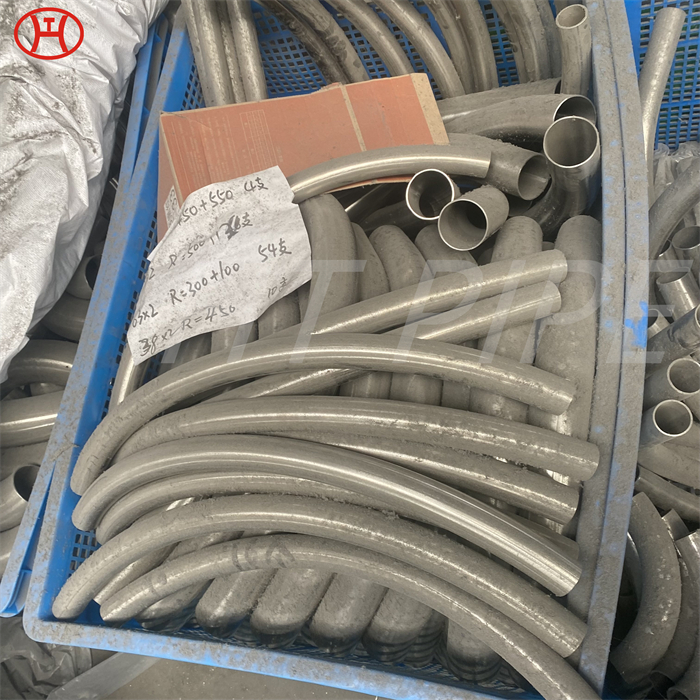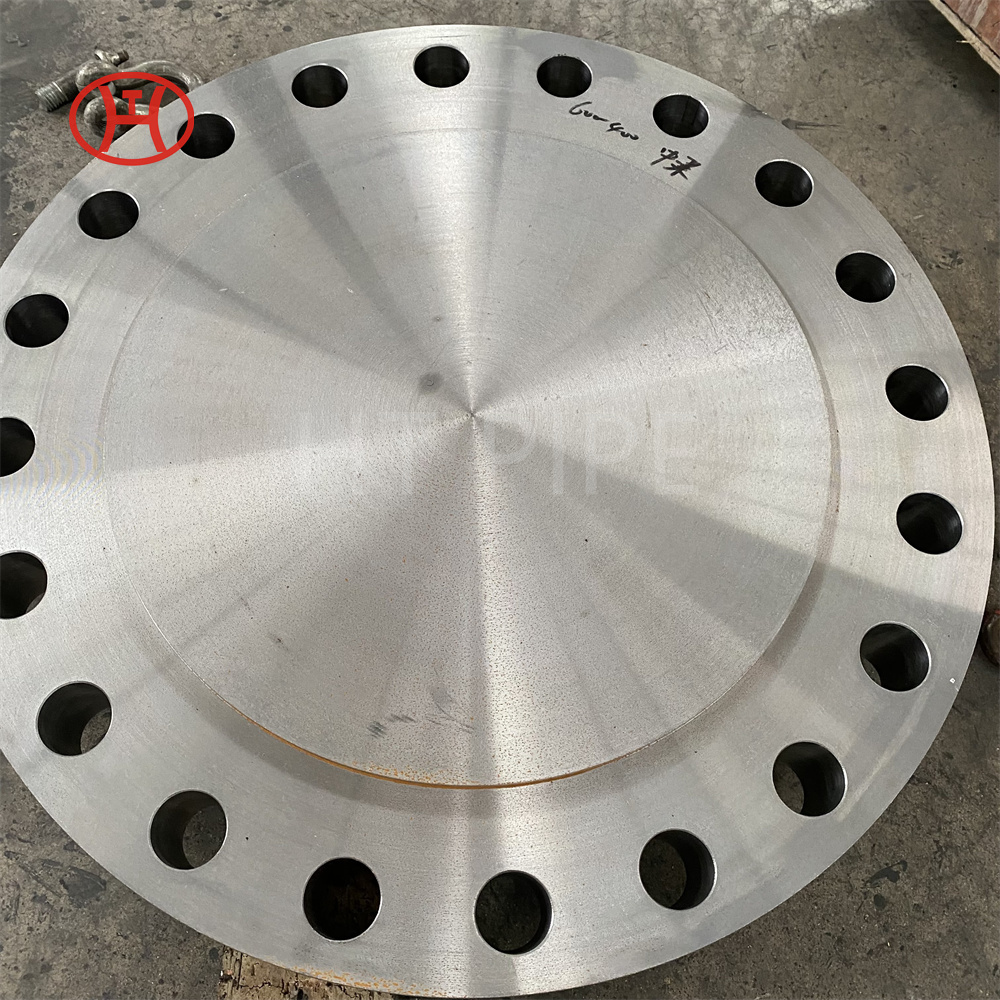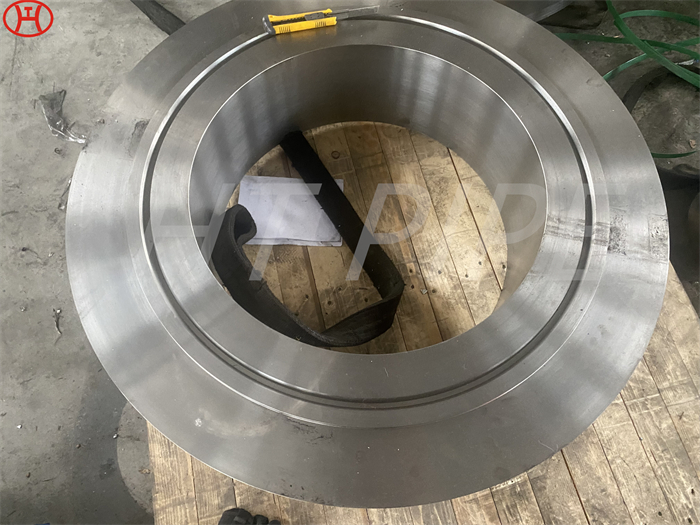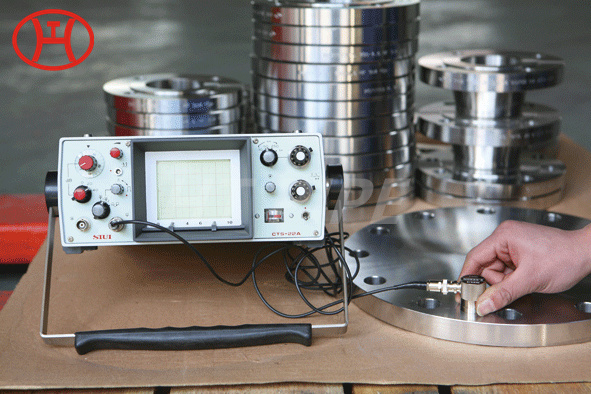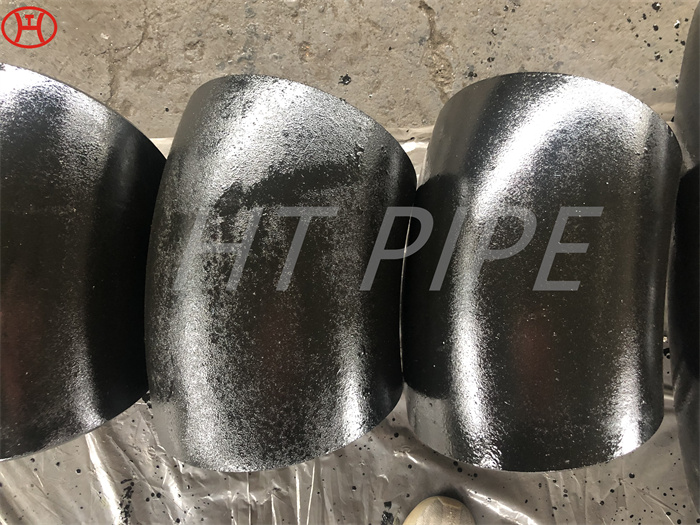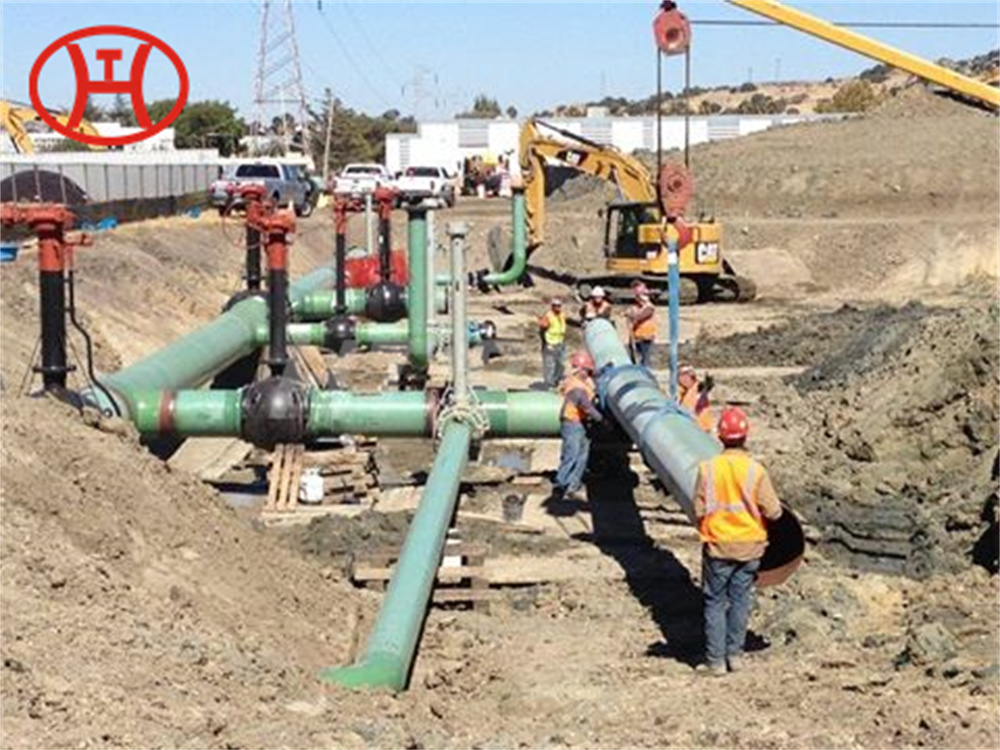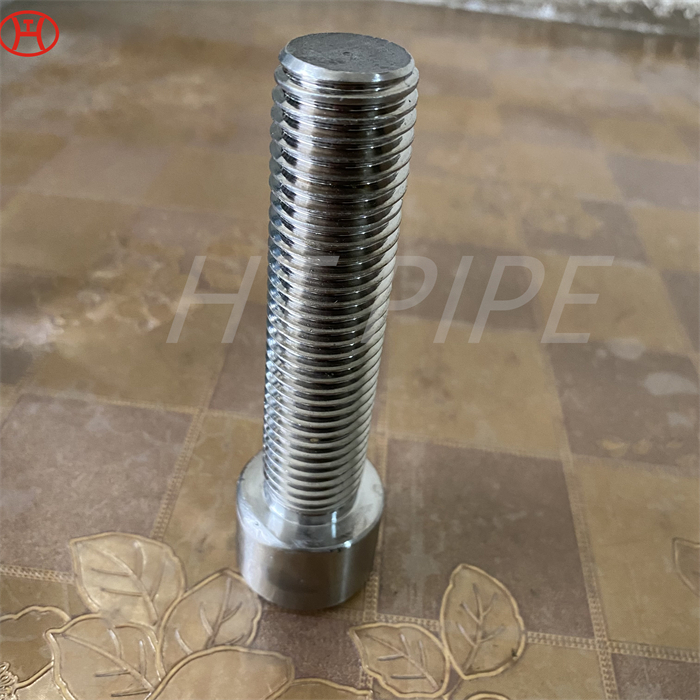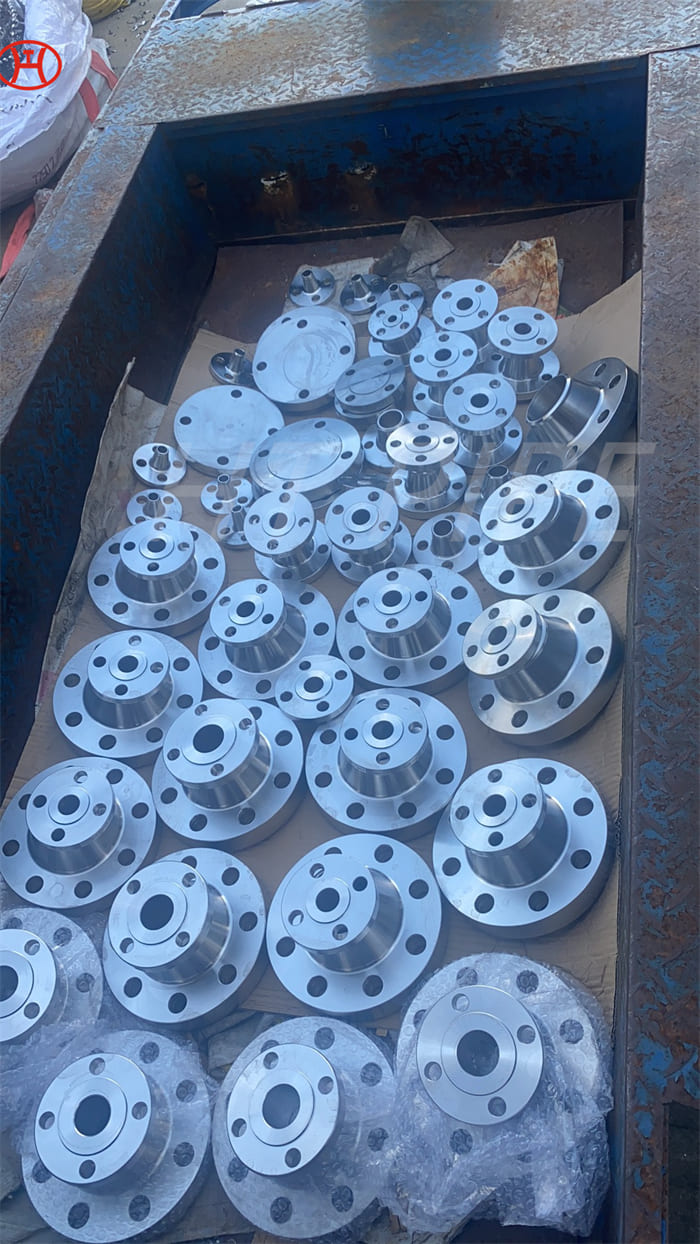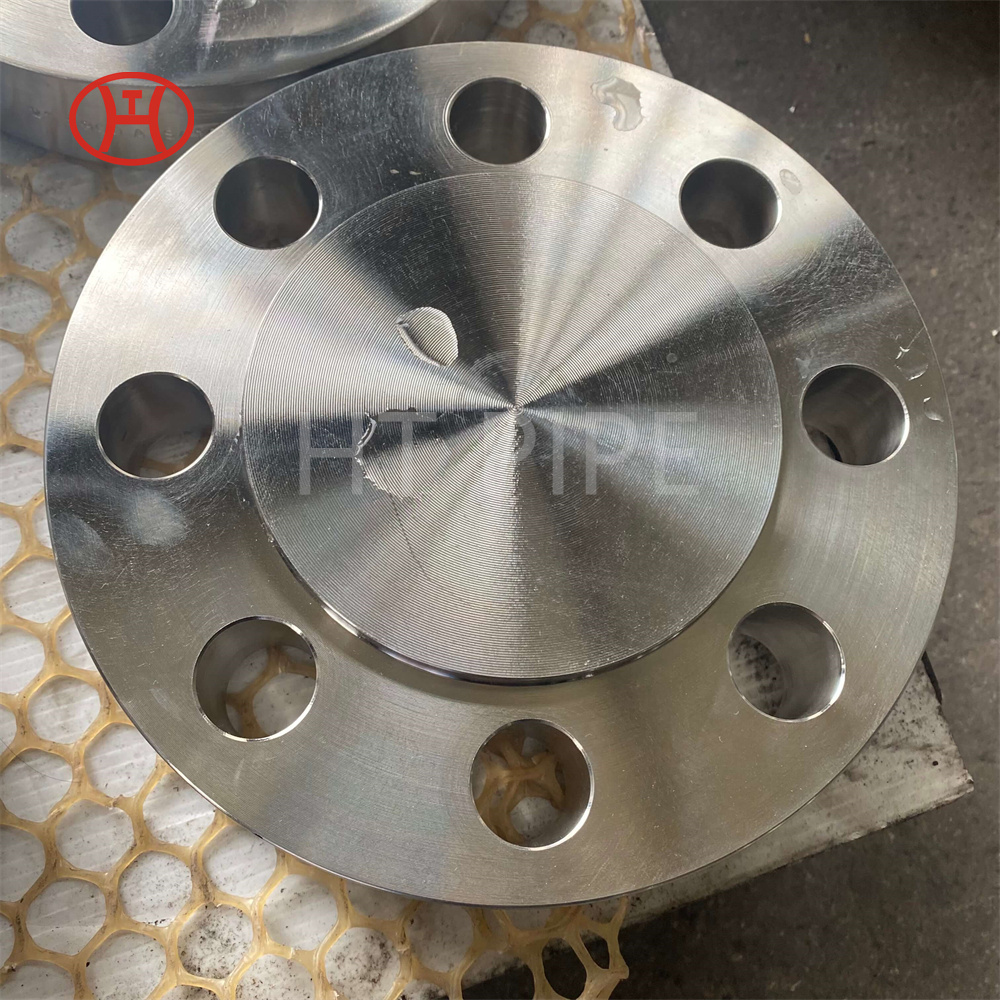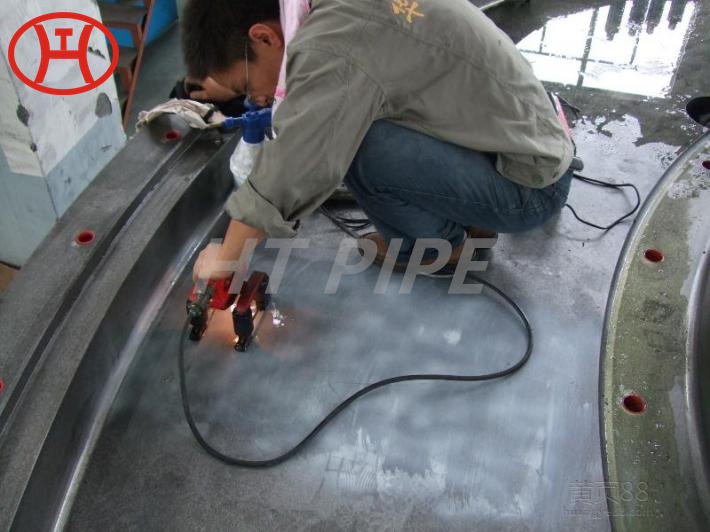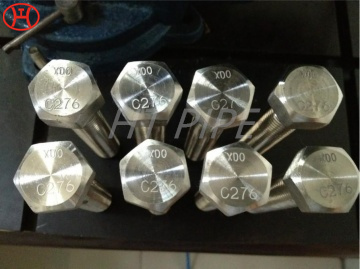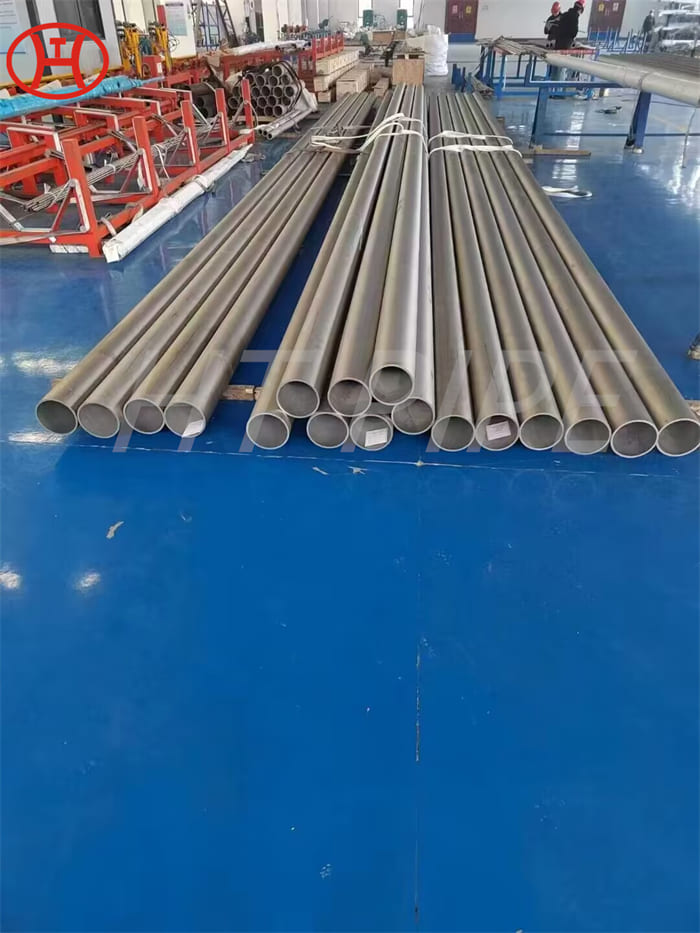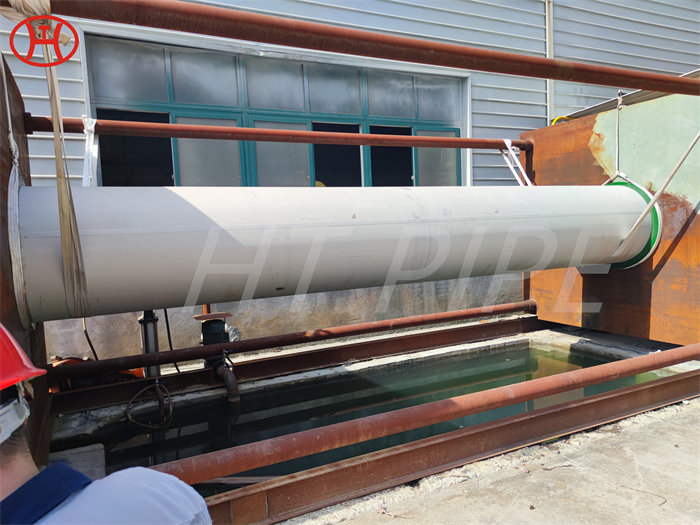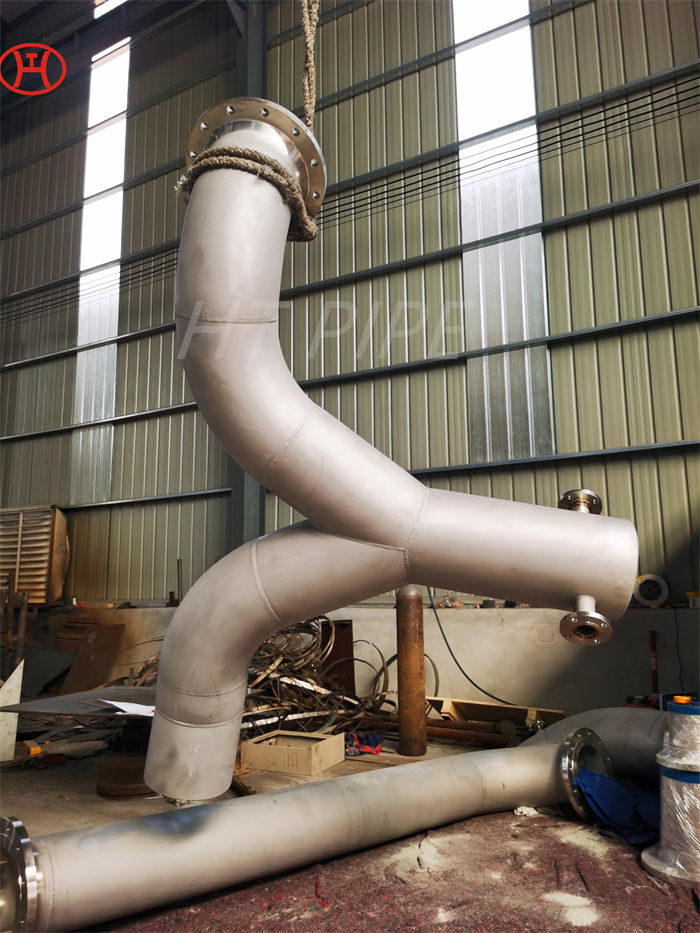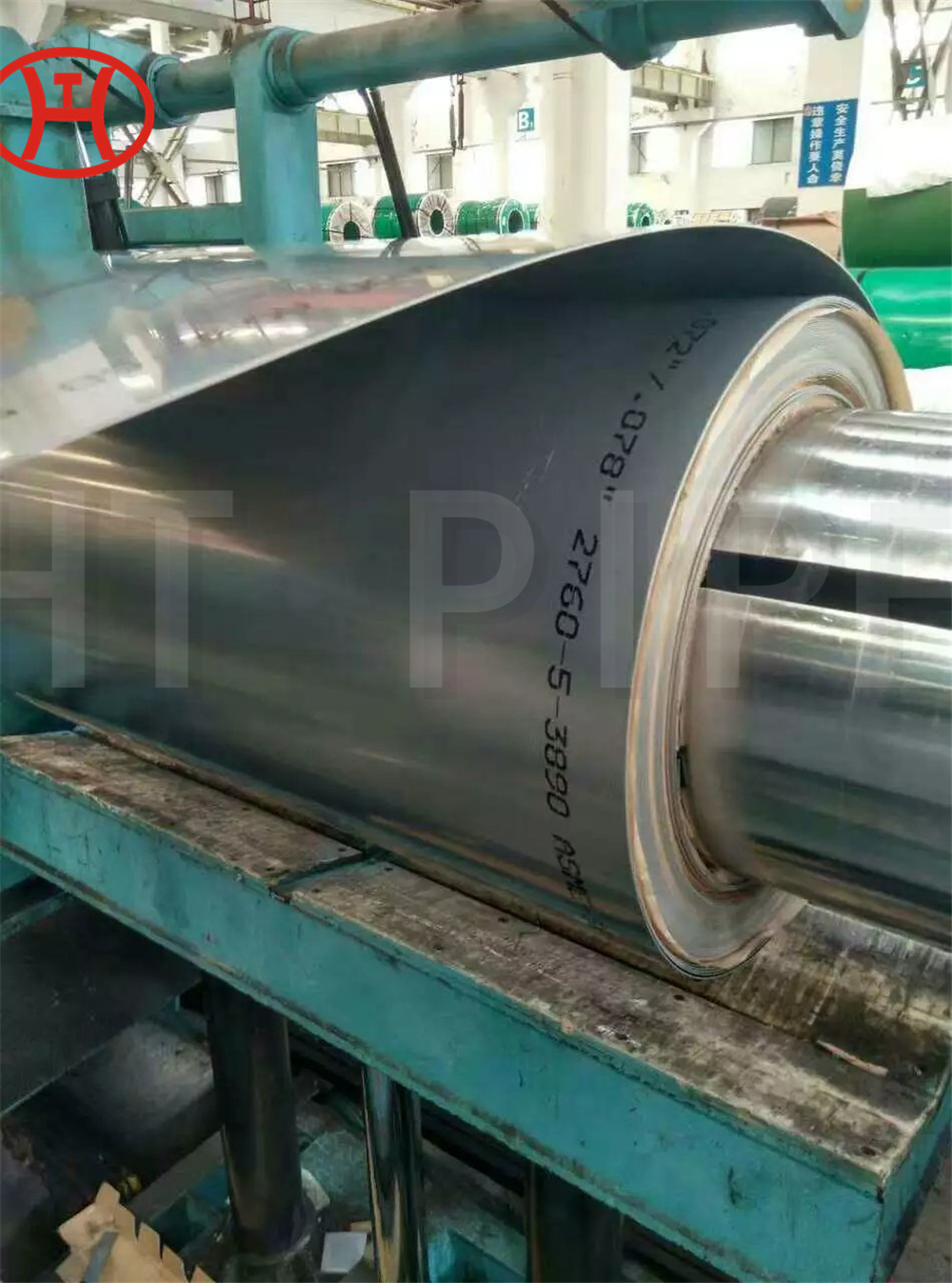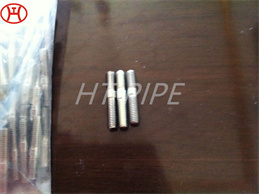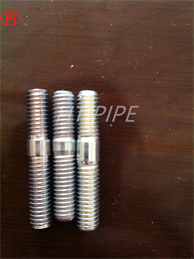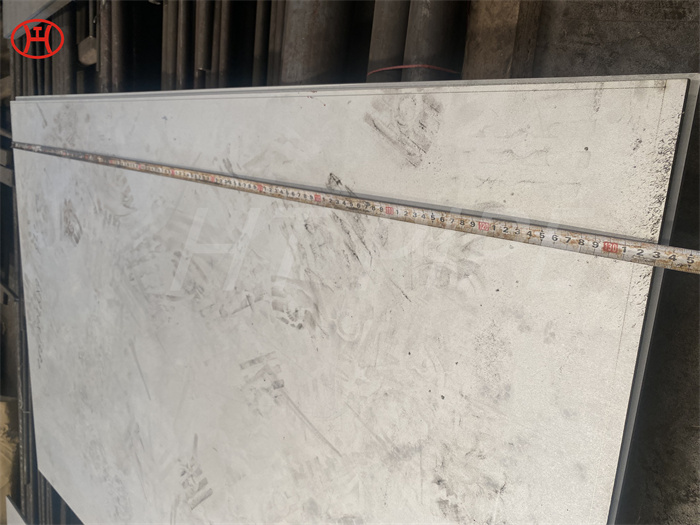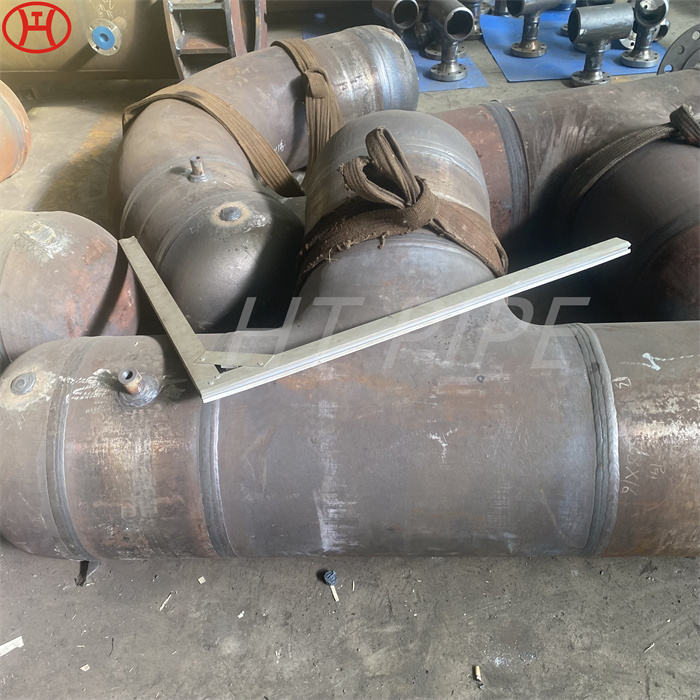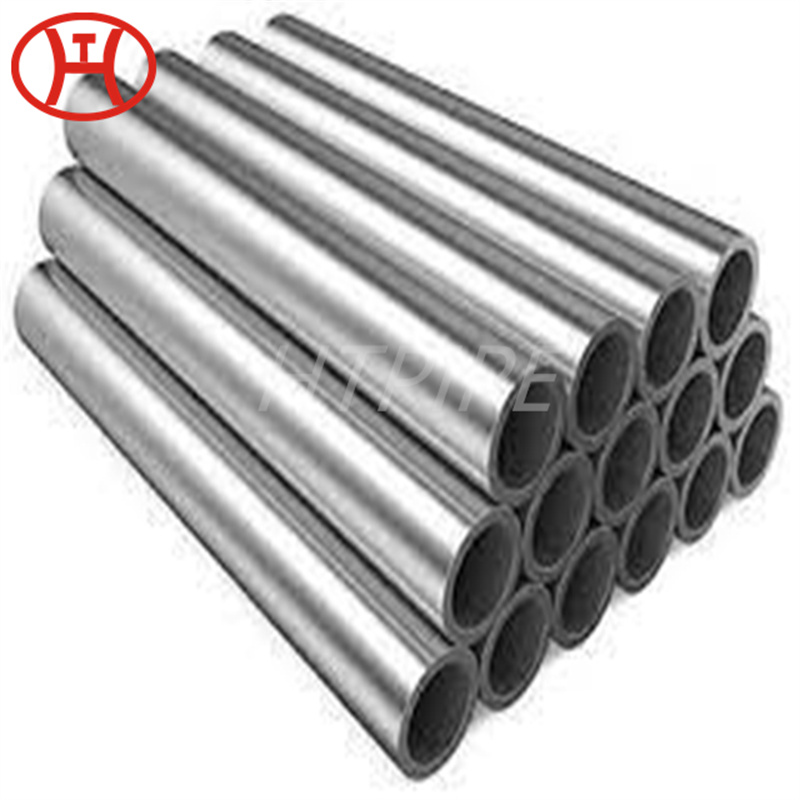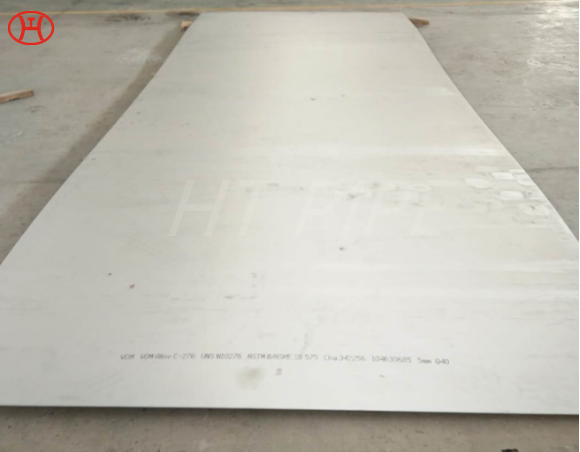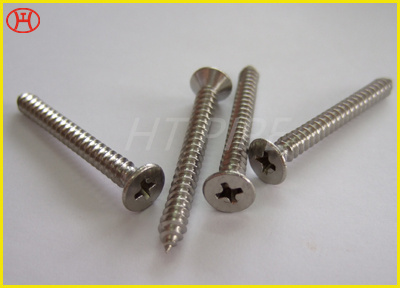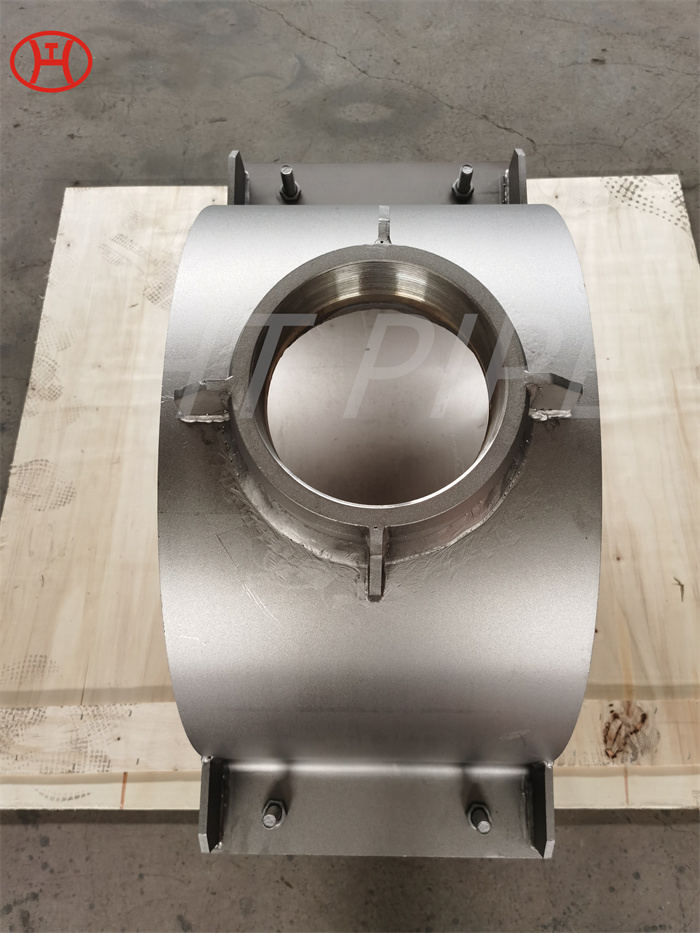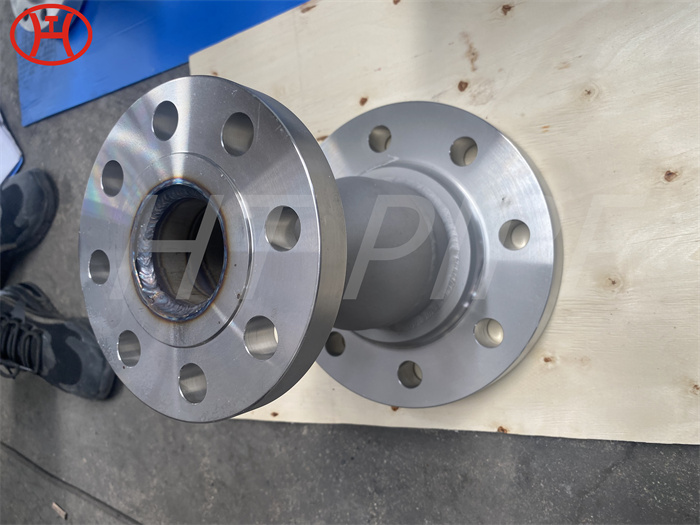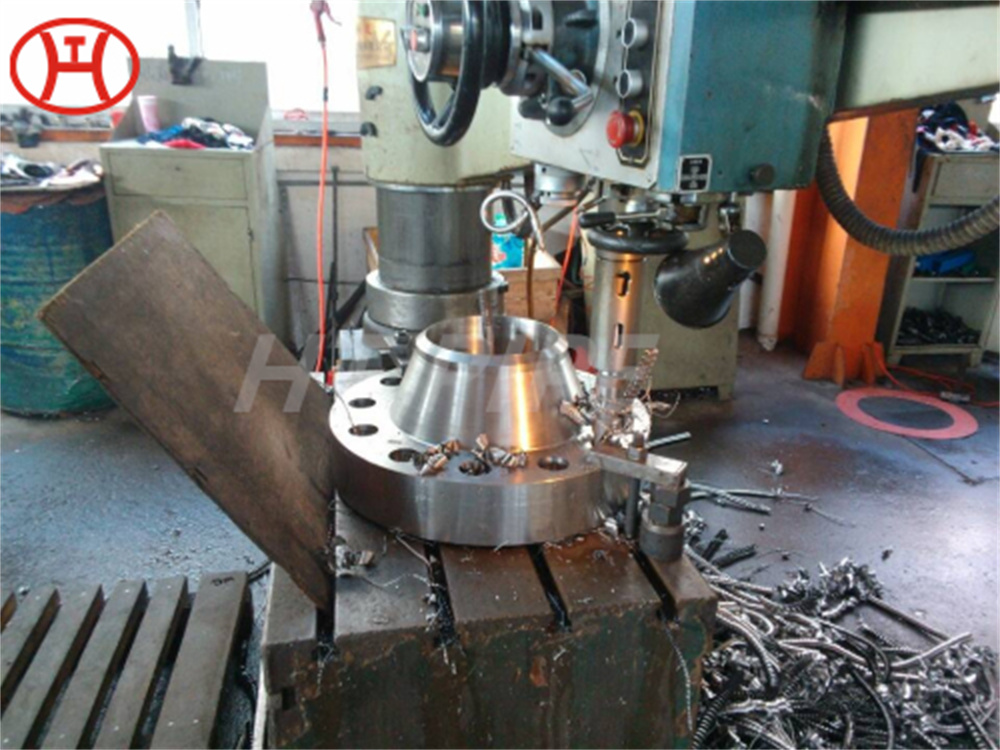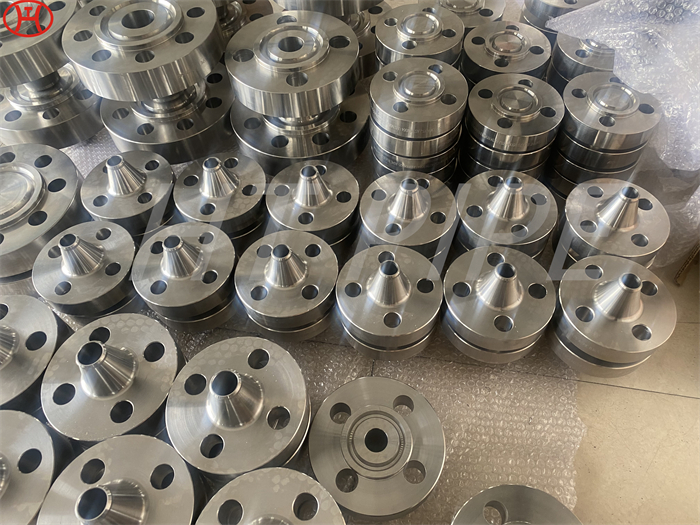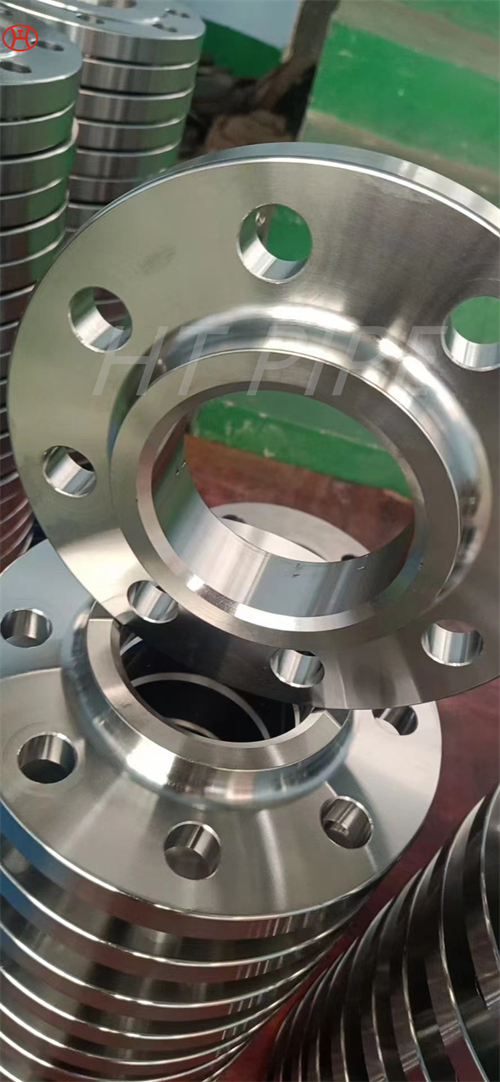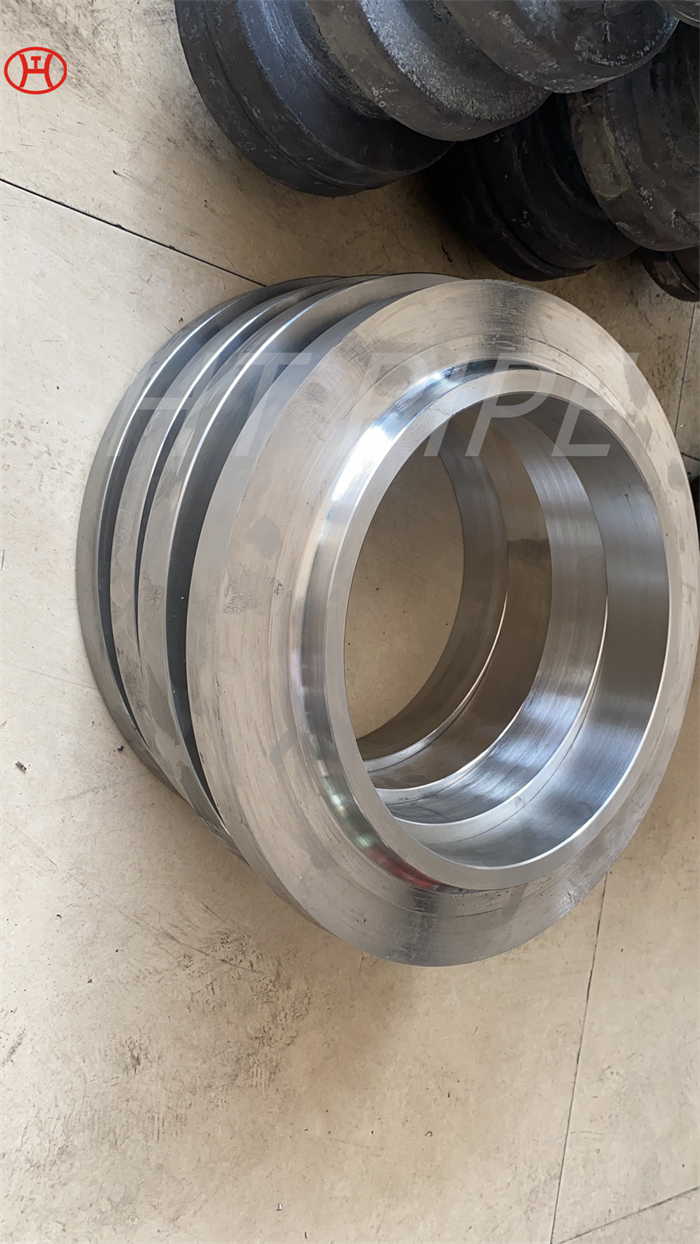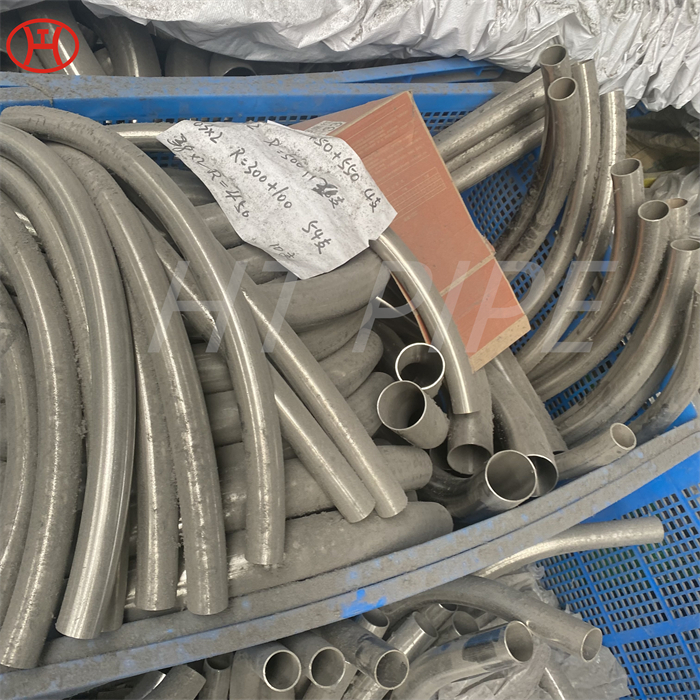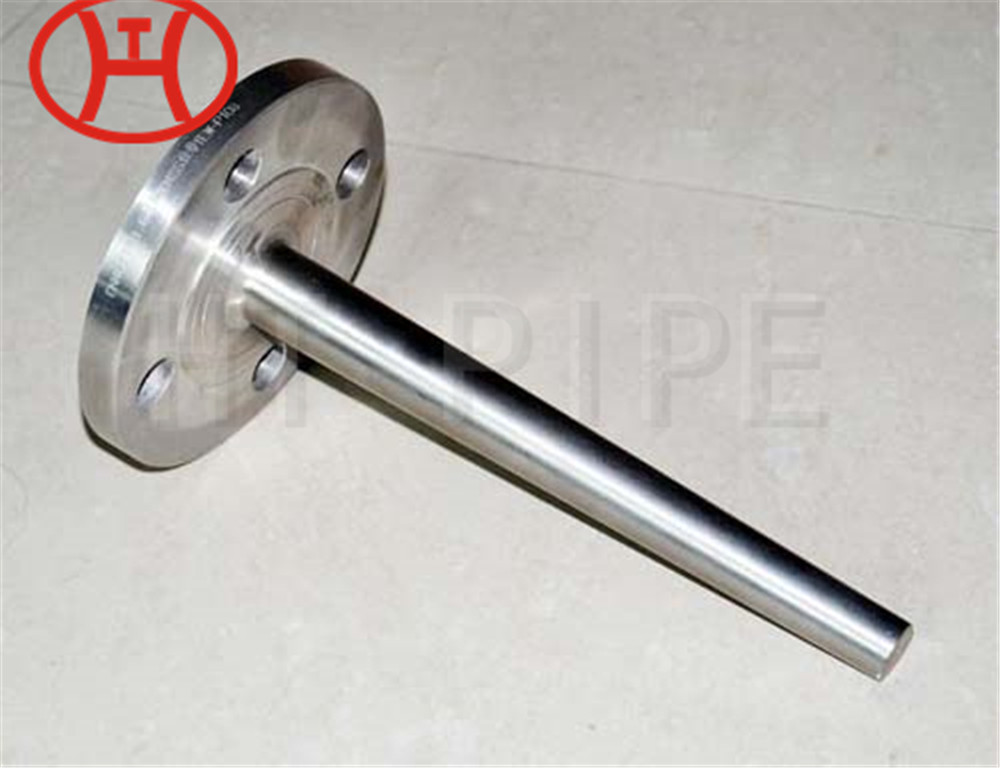Hastelloy B2 pipe bend of corrosion resistant materials available for process industries
Hastelloy B2 pipe bend resists the formation of grain boundary carbide precipitates in the weld heat-affected zone, making it suitable for most chemical process applications in the as-welded condition.
Hastelloy B2 pipe bends are in demand these days because it is highly resistant to corrosion, stress corrosion, cracking. This pipe bend is profitable for the customers because it is long lasting as well as cost effective. In the chemical processing fluids used are highly corrosive and thus, material of construction or equipment should have specifications such that it does not get damaged and corroded easily. If the equipment or the material gets corroded then you will need a repairment as well as replacement. Due to these reason industries relies on this alloy pipe bend because it does not get damaged easily. Some of the main features offered by the hastelloy B2 pipe bends are that it delivers economical service for many years; eliminate expensive downtime, outstanding resistance to corrosion. High performance and benefits offered by the hastelloy B2 make it suitable for the use in areas like health, pharmaceutical, oil and gas.









































































































